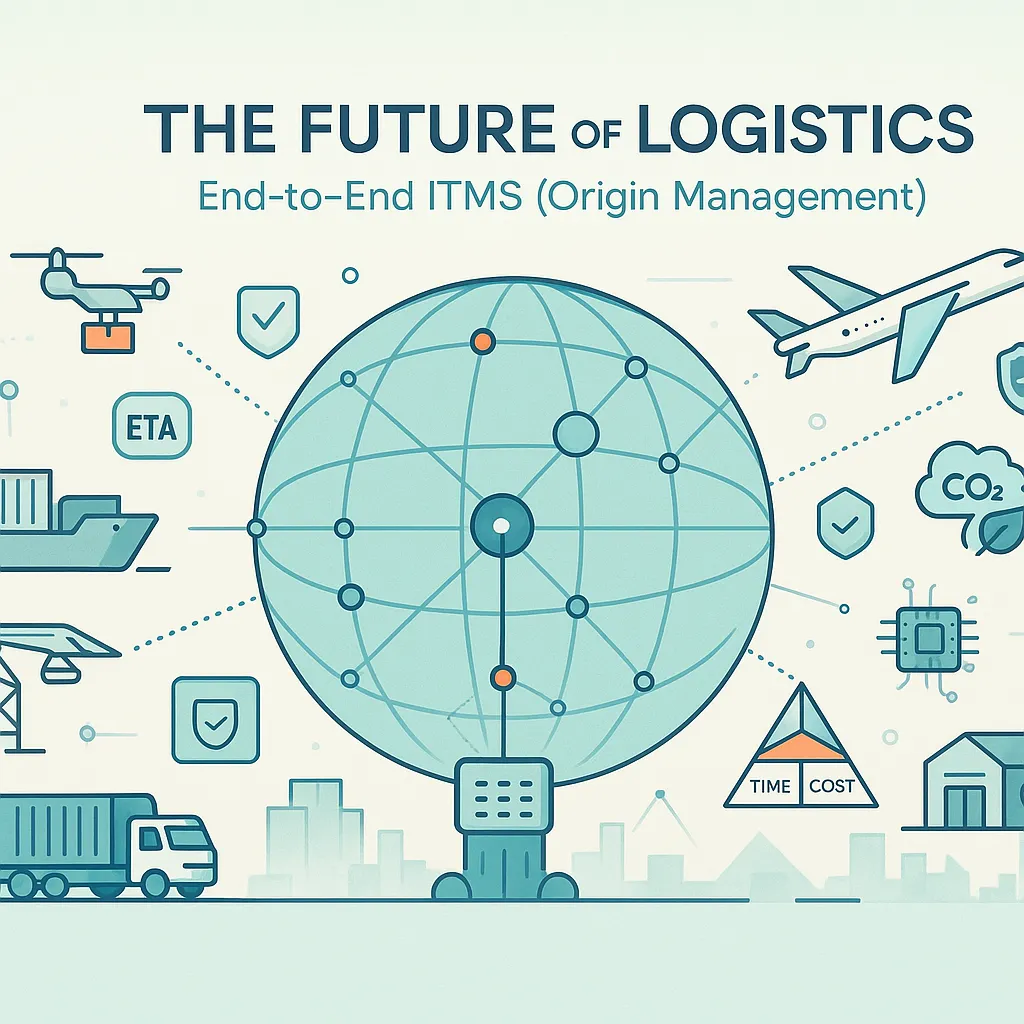I was with some friends recently discussing what the future will bring to our logistics. My whole forty plus years in logistics, I have always loved getting input from logistics leaders and thinkers on what will the future look like.
This is what we came up with: We are moving from “see it on a map” to “fix it with a click” to “it fixes itself?” Certainly, we expect less paper, faster handoffs, smarter AI, while people still make the calls, (so far). The following is our speculations for the next twenty years.
Near future (1–2 years)
- Digital BLs and e-docs start to normalize: fewer lost docs, faster releases, less chasing.
- Port admin simplifies: “single online windows” reduce re-typing and clerical errors.
- Customs/security data shifts earlier: captured at booking or by sailing, not the day before arrival.
- Claims for loss or damage: Easier to identify, faster and settle cleanly.
- AI as an assistant: reads docs, flags risk, suggests next steps; auto-fixes simple issues with your approval.
- Emissions show up with your price quotes
3–5 years
- From watching to doing: platforms propose actions, pre-clear entries, request e-release, book ramp/terminal slots, update promise dates, ping customers, you click “approve,” all within your Business Intelligence tools.
- “Paper-light” corridors: major lanes run end-to-end digital most days.
- One-stop vs. neutral: “we’ll handle it all” forwarder offerings versus shipper-run neutral control towers that plug into everyone. More shipper leadership opt for outsourcing.
10-20 years
- Digital trade is default: laws/standards catch up; digital docs are trusted almost everywhere. Block-chain security finally!
- AI closes routine exceptions: teams focus on suppliers, customers, and the oddballs.
- Product “passports”: digital proofs align what’s in the box with what’s in the file.
- Self-healing networks: orders, moves, and payments flow as one thread with embedded audit trails; plans adjust quickly when the world shifts.
- Teams get even smaller: Fewer people team, better expertise, decision authority and great tools.
What to do now
- Pilot one lane: turn on digital BL + AI doc capture for 60–90 days; measure touches/dwell; fix snags; run it again.
- Make “data deals” with partners: define shared events, SLAs, and a system of record for data conflicts.
- Write an “arrival compression” playbook: for late vessels, pre-clear, request e-release, book slots/drayage, update promise dates, notify customers.
- Embrace technology and your logistics expertise: Build you team around both.
Bottom line
We should be able to reach all of these items. We are getting better “wiring” almost daily already. Cleaner data, fewer clicks, quicker releases, smarter promises. Keep stacking small wins until “end-to-end” finally feels like one system, even within the non-integrated processes that I think will still be in place.
WOWL is building to a better future for managing all of our clients’ providers in the “unintegrated” global ocean!
Send me your thoughts at AndyG@WOWL.io





